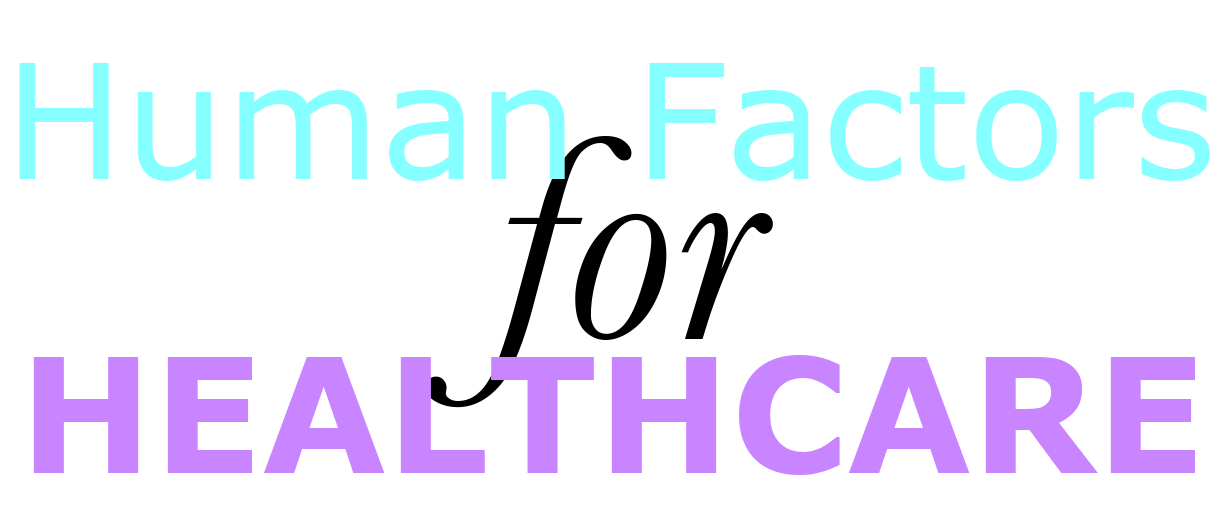Focus Groups
Key Points
- Bring together a group of people to understand general perceptions, beliefs, and attitudes.
What are they and Why use them
Focus groups are used to establish a consensus from a large group of users through discussing together an issue or task to understand how they would like to see it improved, and identify the barriers they currently face or broad opinions on a subject or product. In healthcare, focus groups could include various groups, such as clinicians, patients, nurses, etc. when exploring issues that relate to multiple users. However, in some cases a single user group may be all that is required (e.g. understanding nursing issues at the bedside may only necessitate talking with nurses). Therefore, the participants should be recruited based on their interaction with the problem space.
When to use them
Focus groups can be run either during the ‘understanding user needs’ section or during the ‘design stage’, depending on what information you are trying to elicit from the participants. When observations may be difficult to conduct in a timely manner and you are seeking to identify general concerns and barriers for users, then conducting a focus group during ‘understanding the user needs’ can provide information to move forward on the project. If the purpose of the focus group is to gauge the sentiments from users about initial prototypes, then the focus group would be undertaken during the ‘design stage’ once a prototype for evaluation has been developed.
How to use them
These sessions should be pre-planned and moderated by the researcher to guide discussion whose job it is to manage and guide the discussion without manipulating the course of a discussion towards a particular opinion. To prepare for running a focus group the following points should be covered:
- Define the objective you wish to achieve
- Select which users are required to attend
- Determine the number of participants per session, how many sessions, and the location of the focus groups
- Recruit participants based on defined criteria
- Develop questions used to guide the discussion using open-ended questions
- Run the session
The session itself is run in a similar manner to interviews, with the main difference being that you are interviewing a group of individuals simultaneously, and encouraging conversation between them as well as with you.
Pros
Gather a lot of information quickly, provide good insight into an issue as it is being explored from multiple perspectives at the same time.
Cons
Difficult to organise due to busy schedules. Sometimes difficult to get participants involved in the conversation. Like interviews, only give a perception on what people think happens rather than what actually happens. The opinions of some may be drowned out by more vocal participants, or participants may not feel comfortable sharing opposing views to others in a group discussion. Requires a good moderator to achieve ensure everyone’s voice is heard.
Points to ponder
- What is the purpose of the focus group?
- Who should be included in the focus group?
- How many participants will be in each focus group?
- Do the participants best encapsulate the demographic of potential users?
- Have you gathered enough information or should you run another focus group?


